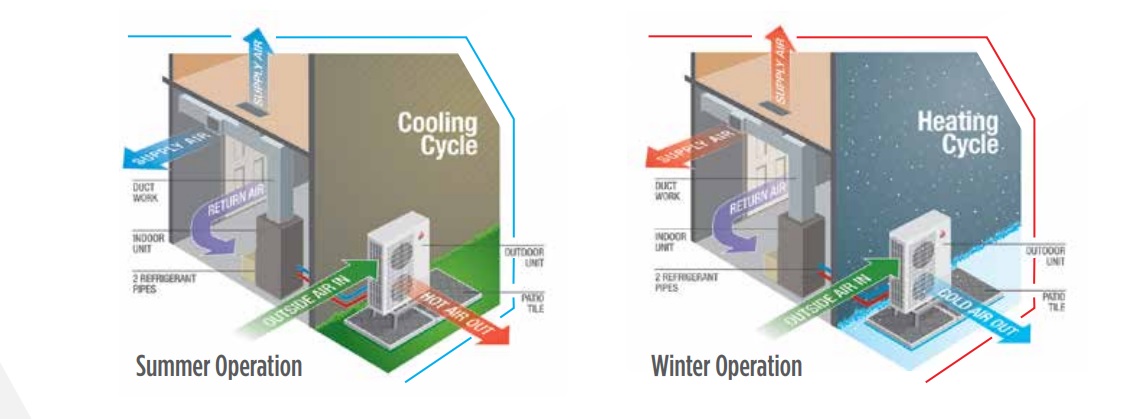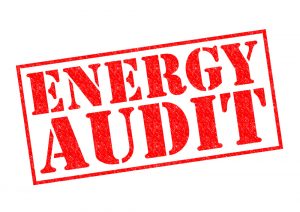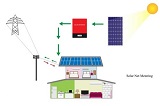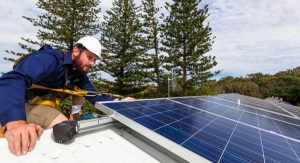How To Reduce Your Electric Bill After Installing a Heat Pump or Purchasing an EV
Recently, homeowners across Ontario are seeing monthly electricity bills increase by as much as 50%. If you recently installed a heat pump in your home or purchased an electric vehicle, you may be part of that group and you are probably wondering how to reduce your electric bill.
We at Ontario Solar Installers have seen a lot of interest in solar energy over the past few months as homeowners like you look for ways to offset the increased electrical load. The good news is that solar energy can, in most cases, help you save in the long-term
In this article, we will help you decide if it makes sense to go solar by weighing the upfront cost against the potential long-term savings.
Is solar worth it for you?
Solar power can save you thousands per year on your monthly electricity bill. But the main roadblock we see most homeowners struggling with is reconciling the upfront installation costs.
Is solar with it for you? You may want to consider transitioning to solar if you fall into one of the following categories:
1. Your electricity bill increased after installing a heat pump
Over the last three years, 82,000 Canadian homes have installed pumps thanks to the Greener Homes Grant. And out of that 82,000, over one-third of those are located in the province of Ontario.
Heat pumps are great for reducing your overall energy costs because they are generally less expensive than running a gas furnace. However, a heat pump is still an electrical appliance that requires electricity to operate. And even though you may see your gas bills go down, you could start to see an increase in your monthly electric bills.
So if you installed a heat pump recently and have seen your hydro bill increase, your heat pump may be the culprit. But you can potentially offset the increase in electrical consumption by installing solar panels for your home.
Here’s a quick and easy way to tell if going solar is worth it for you after installing a heat pump:
- A typical Canadian home will consume approximately 9,000 kWh of electricity per year.
- According to EnergySage, the average heat pump uses about 5,475 kWh per year. But the real range can be anywhere from 400 kWh to 22,500 kWh.
- The average monthly hydro bill in Ontario is about $125.00. Heat pumps can increase your electricity cost by a min of $60 per month ($5,475 x 13.7 ¢/kWh), if you average the ¢/kWh price on the Time-of-Use electricity plan in Ontario.
- Installing solar panels can save you approximately 70%-90% on your electricity costs annually depending on such factors as roof space available, orientation towards South, your budget, etc.
Note: all figures are estimates.
Powering your heat pump with solar panels can help you reduce your electricity bills, but you’ll want to calculate your energy usage carefully and size your system appropriately to achieve maximum savings.

Average electricity bill in Ontario – Source – Ontario Energy Board
2. You recently purchased an Electric Vehicle (EV)
In 2023, Ontario accounted for approximately 27% of Electric Vehicle registrations in Canada. But even though Electric Vehicles (EVs) can save you a ton on fuel, they still need to be charged and that means an increase in your monthly electric bill.
Charging electric cars with solar power can help to offset the increased electricity costs and help you save big in the long-term. It’s difficult to give concrete number since every EV and charging unit is different, but we’ve put together some key factors you can use to gauge if going solar is worth it for you:
- It costs approximately $4 to charge your EV for every 100 km driven,
- Charging your EV at home in Ontario can increase your electric bill by as much as $50 each month depending on where you live and how much you drive.
- It costs about $660 per year to charge an EV using grid power, assuming you drive 20,000 km per year, and charge your car mostly at home during off-peak hours at 8.7 ¢/kWh
- Installing solar panels can save you approximately $10,000 on EV charging over 25 years.
Note: all figures are estimates.
If you want to lower your bills even further, consider adding battery storage to your solar system. This will allow you to charge your EV during peak hours when grid power is more expensive. It will also provide an added layer of security by providing charging capabilities at night or during grid outages.
Offsetting increased electricity costs with solar energy
If you recently saw your electricity bill increase after installing a heat pump or a home EV charging system, installing solar panels can help offset the increased electrical load and help you save even more.
Combining heat pumps and EV charging with solar panels and battery storage can bring you one step closer to achieving a net zero home. Just be aware that transitioning to solar power won’t reduce your total energy consumption, it will only reduce your reliance on grid power.
You should consult with a solar installer to discuss your current energy usage and what you hope to achieve before purchasing any solar equipment. Many installers will design a custom solar system that works for your home and provides maximum savings. Contact us today to set up your free consultation and find out how much solar panels cost in Ontario.












